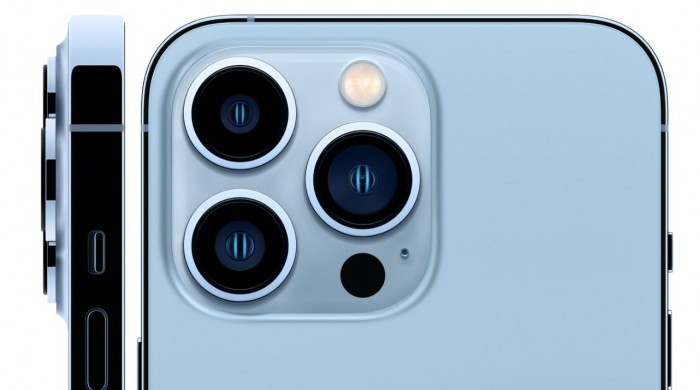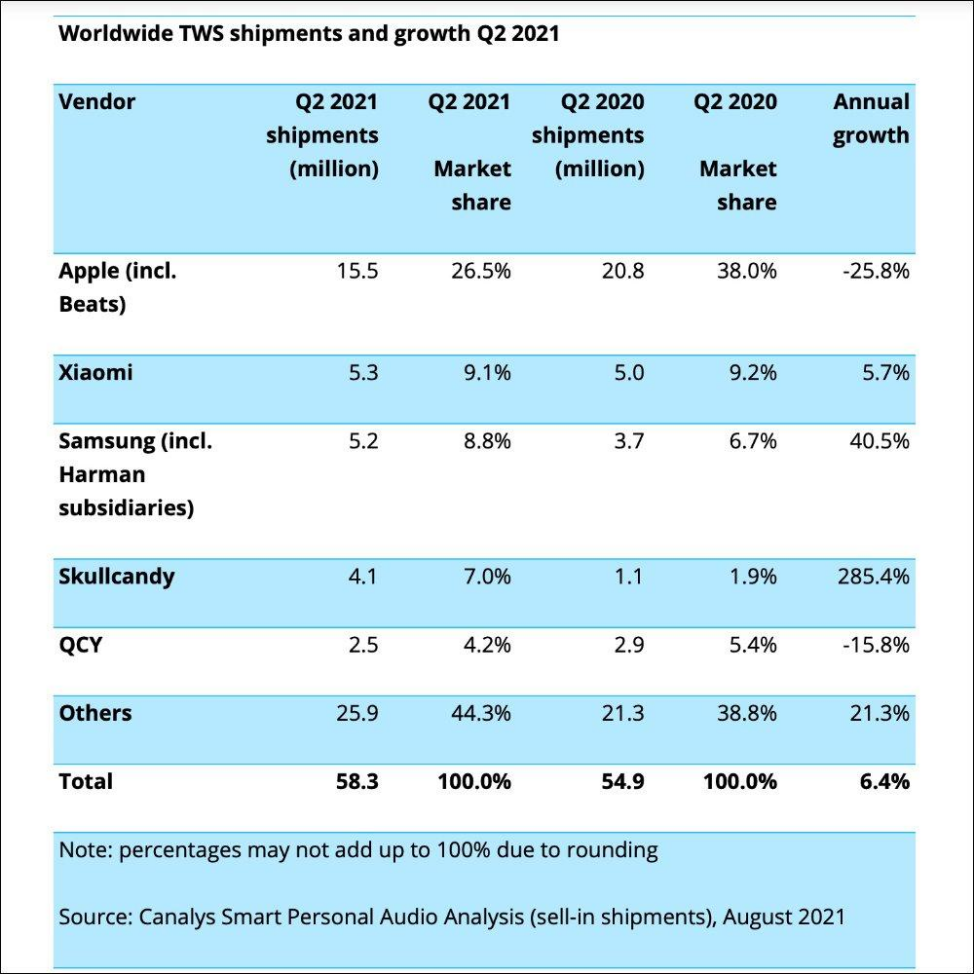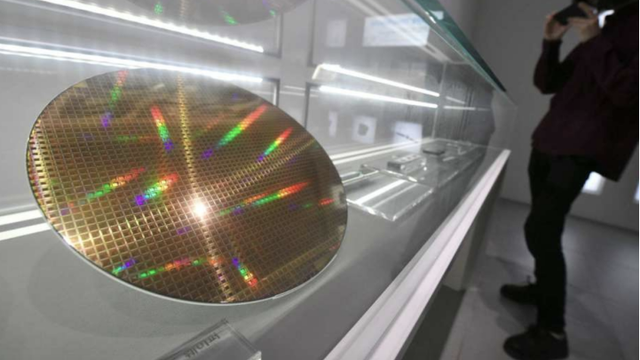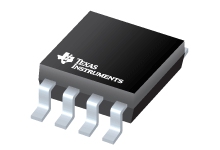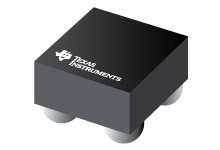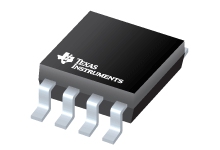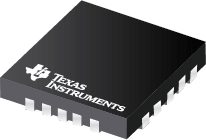BQ25618
BQ25618
描述
The BQ25618/619 integrates charge, boost converter and voltage protection in a single device. It offers the industry’s lowest termination current for switching chargers to charge wearable devices by full battery capacity. The BQ25618/619 best-in-class low quiescent current reduces battery leakage down to 6 uA in ship mode, which conserves battery energy to double the shelf life for the device. BQ25619 is in 4x4 QFN package for easy layout. BQ25618 is in 2.0x2.4mm2 WCSP package for space limited design.
The BQ25619/618 is a highly integrated 1.5-A switch-mode battery charge management and system Power Path management device for Li-Ion and Li-polymer battery. It features fast charging with high input voltage support for a wide range of applications including wearables, and earphone charging case. Its low impedance power path optimizes switch-mode operation efficiency, reduces battery charging time and extends battery run time during discharging phase. Its input voltage and current regulation, low termination current, and battery remote sensing deliver maximum charging power to the battery. The solution is highly integrated with input reverse-blocking FET (RBFET, Q1), high-side switching FET (HSFET, Q2), low-side switching FET (LSFET, Q3), and battery FET (BATFET, Q4) between system and battery. It also integrates the bootstrap diode for the high-side gate drive for simplified system design. The I2C serial interface with charging and system settings makes the device a truly flexible solution.
The device supports a wide range of input sources, including standard USB host port, USB charging port, USB compliant high voltage adapter and wireless power. It is compliant with USB 2.0 and USB 3.0 power spec with input current and voltage regulation. The device takes the result from detection circuit in the system, such as USB PHY device.
The device integrates the buck charger and boost regulator into one solution with single inductor. The boost mode supplies 5V (adjustable 4.6 V/4.75 V/5 V/5.15 V) on PMID pin. The boost mode is used to save BOM and charge another battery by the control of PMID_GOOD.The PMID_GOOD pin is used to drive the external PMOS FET to disconnect boost output PMID from the attached accessories.
The Power Path management regulates the system slightly above battery voltage but does not drop below 3.5-V minimum system voltage (programmable) with adapter applied. With this feature, the system maintains operation even when the battery is completely depleted or removed. When the input current limit or voltage limit is reached, the Power Path management automatically reduces the charge current. As the system load continues to increase, the battery starts to discharge the battery until the system power requirement is met. This supplement mode prevents overloading the input source.
The device initiates and completes a charging cycle without software control. It senses the battery voltage and charges the battery in three phases: pre-conditioning, constant current and constant voltage. At the end of the charging cycle, the charger automatically terminates when the charge current is below a preset limit and the battery voltage is higher than the recharge threshold. If the fully charged battery falls below the recharge threshold, the charger automatically starts another charging cycle.
The charger provides various safety features for battery charging and system operations, including battery negative temperature coefficient thermistor monitoring, charging safety timer and overvoltage and over-current protections. Thermal regulation reduces charge current when the junction temperature exceeds 110°C. The status register reports the charging status and any fault conditions. With I2C, the VBUS_GD bit indicates if a good power source is present, and the INT output immediately notifies host when a fault occurs.
The device also provides the QON pin for BATFET enable and reset control to exit low power ship mode or full system reset function.
The BQ2619 device is available in 24-pin, 4 mm × 4 mm x 0.75 mm thin WQFN package and BQ25618 is available in 30-ball, 2.0 mm × 2.4 mm WCSP package.
特性
Single chip solution to charge wearable accessories from adapter or battery
High-efficiency, 1.5-MHz, synchronous switch-mode buck charger
95.5% Charge efficiency at 0.5 A and 94.5% efficiency at 1 A
±0.5% Charge voltage regulation (10-mV step)
I2C Programmable JEITA profile of charge voltage, current and temperature thresholds
Low termination current with high accuracy 20 mA±10 mA
Small inductor form factor of 2.5x2.0x1.0 mm3
Boost mode with output from 4.6 V to 5.15 V
94% Boost efficiency at 1-A output
Integrated control to switch between charge and boost mode
PMID_GOOD Pin control external PMOS FET for protection against fault conditions
Single input to support USB input and high-voltage adapter and wireless power
Support 4-V to 13.5-V input voltage range with 22-V absolute max input rating
Programmable input current limit (IINDPM) with I2C (100-mA to 3.2-A, 100-mA/step)
Maximum power tracking by input voltage limit (VINDPM) up to 5.4 V
VINDPM Threshold automatically tracks battery voltage
Narrow VDC (NVDC) power path management
System instant-on with no battery or deeply discharged battery
Flexible I2C configuration and autonomous charging for optimal system performance
High integration includes all MOSFETs, current sensing and loop compensation
Low Rdson 19.5-mΩ BATFET to minimize charging loss and extend battery run time
BATFET Control for ship mode, and full system reset with and without adapter
7-µA Low battery leakage current in ship mode
9.5-µA Low battery leakage current with system standby
High accuracy battery charging profile
±6% Charge current regulation
±7.5% Input current regulation
Remote battery sensing to charge faster
Programmable top-off timer for full battery charging

